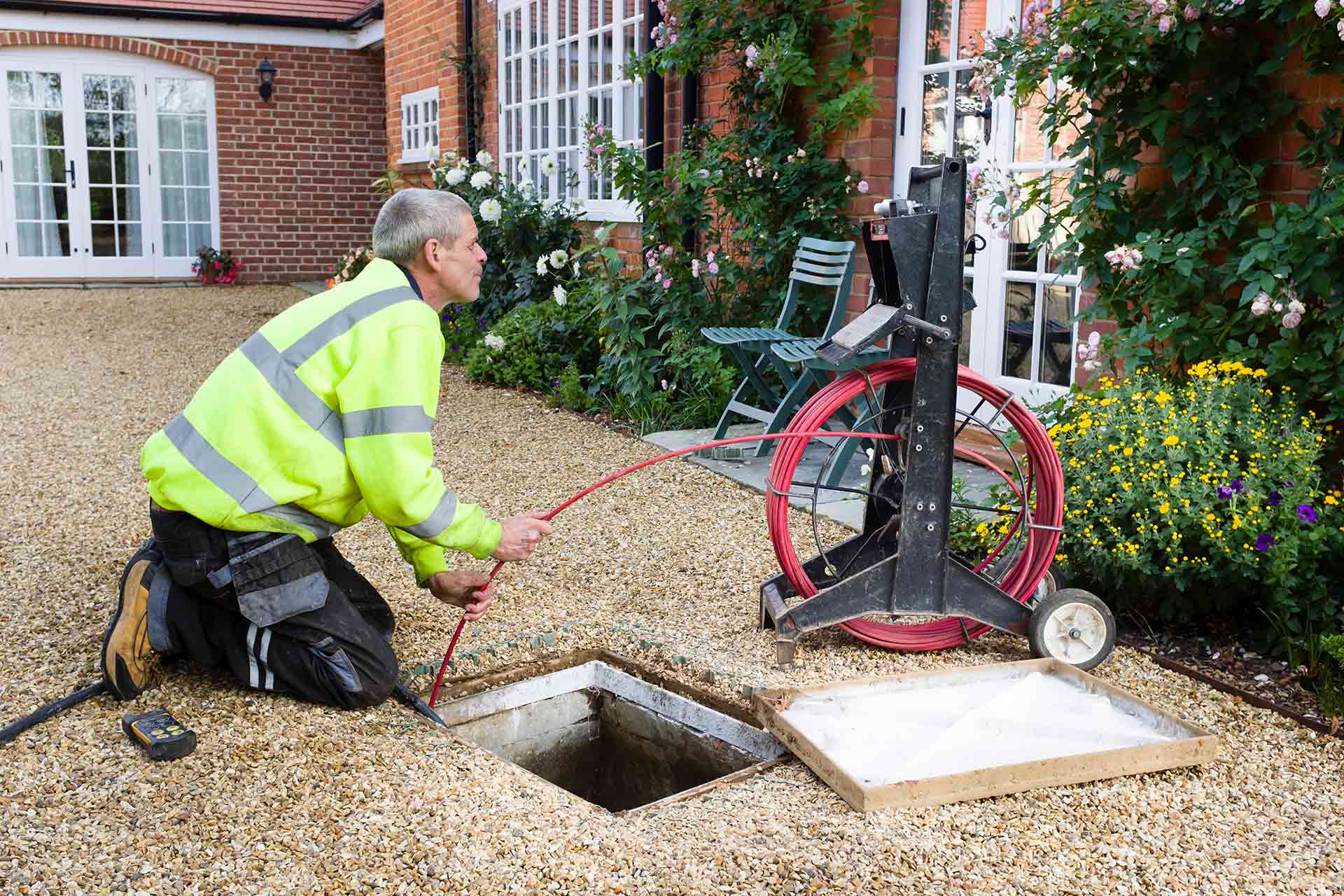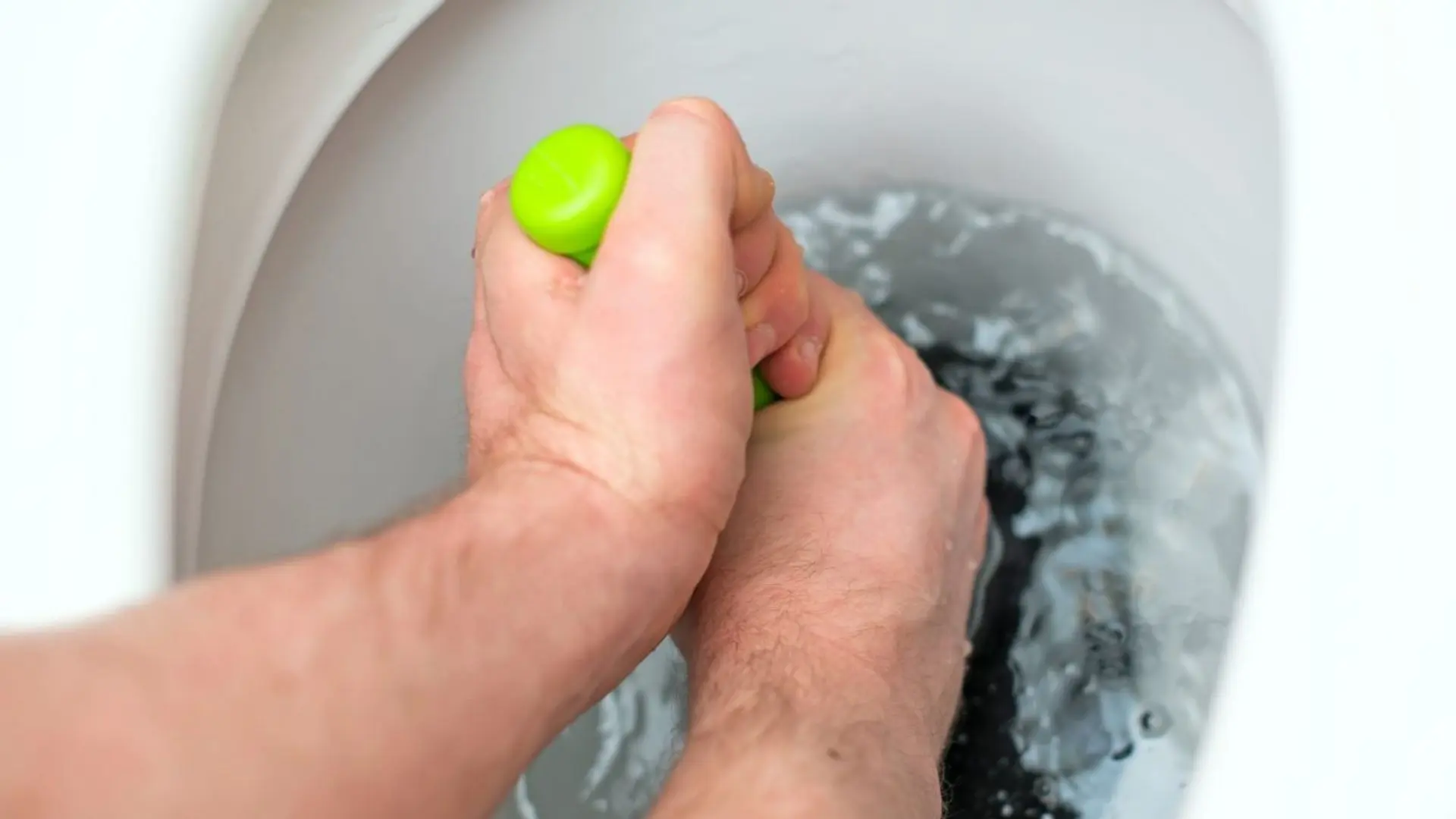How to Unclog a Blocked Drain Prior to Contacting Expert Plumbers
WebsiteHow do you really feel about 8 Tips For Clearing A Blocked Drain?

Intro
Taking care of a blocked drain can be an aggravating experience, interfering with daily activities and possibly creating damage to your property. Nonetheless, prior to connecting to plumbing experts, there are steps you can require to address the issue yourself. In this guide, we'll explore do it yourself remedies and preventive measures to take on an obstructed drainpipe properly.
Recognizing the Issue
The initial step in addressing a blocked drainpipe is identifying the indicators. Sluggish drainage, gurgling sounds, foul odors rising from drains, or water backing up are common indicators of a blocked drain. Identifying these indicators early can aid protect against better difficulties.
Usual Reasons For Blocked Drains
Comprehending the factors that add to drain pipes obstructions is important for efficient resolution. Common perpetrators consist of hair, soap scum, oil, food particles, and international items like sanitary items or paper towels. Tree origins invading underground pipelines can additionally cause substantial clogs.
Do it yourself Solutions
For minor clogs, numerous DIY remedies can be reliable. Pouring boiling water down the drain can help dissolve oil and debris. Baking soda and vinegar or a mix of salt and cooking soft drink can act as natural cleaners. Making use of a plunger or plumbing snake to displace blockages is one more alternative.
Tools and Tools
Having the right tools on hand can make DIY drain cleaning more effective. A bettor is a flexible tool for getting rid of clogs in sinks, bathrooms, and showers. A plumbing snake or auger can get to much deeper blockages, while drainpipe cleaning chemicals can be used carefully for persistent clogs.
Safety nets
To stay clear of future obstructions, adopting safety nets is essential. Install drain guards or filters to capture hair and debris prior to they enter the pipes. Regularly flush drains pipes with hot water to liquify grease buildup, and stay clear of taking care of oil or solid waste down the tubes.
When to Call a Professional
While DIY services can settle minor blockages, particular signs suggest the requirement for specialist assistance. Consistent obstructions, foul odors regardless of cleaning up efforts, or several drains supporting concurrently are red flags that necessitate professional treatment.
Choosing the Right Pipes Solution
When choosing a plumbing service, consider variables such as experience, licensing, and consumer evaluations. Pick a reputable plumbing professional with a performance history of high quality workmanship and transparent pricing practices.
Expense Considerations
The price of expert drain cleaning services can differ relying on the seriousness of the obstruction and the plumbing professional's prices. Demand quotes from numerous companies and inquire about any type of service charges to make sure transparency and stay clear of surprises.
Safety and security Measures
When trying do it yourself drainpipe cleaning, focus on safety. Use safety gloves and eyeglasses to stay clear of contact with dangerous chemicals or bacteria. Never ever blend different drain cleaning products, as this can produce dangerous fumes.
Situation Researches
Real-life examples show the efficiency of DIY solutions and the significance of timely expert treatment in dealing with drain clogs.
Conclusion
By adhering to the ideas outlined in this overview, you can efficiently tackle blocked drains pipes and protect against future pipes problems. Whether selecting DIY remedies or seeking professional help, prompt activity is key to maintaining a healthy plumbing system and protecting the honesty of your home.
WHAT I LEARNED FROM TRYING TO DEAL WITH A CLOGGED DRAIN
We have had our share of seepages and other annoying things that are part of living, especially in an apartment complex. And if there’s one thing that’s terrifying for a homeowner—or even someone in a rented home—it is a clogged drain, indoors or outdoors.
We enjoy our living space, but it’s simply a fact of life that dead skin, soap and a host of other items go down the drain; eventually, the residue builds up and prevents anything from moving. Ugh.
Not Calling A Professional
Of course, it might seem simple to just whip the pipe off under the sink and see if you can unblock it. Unfortunately, what if the blockage isn’t there, or you don’t reconnect it properly? Worse, you might break a piece and have no drainage system. Can you imagine that scene? Yuck!
Not Watching Your Waste
This will sound d’uh, but the best tip I can give you for drain cleaning is to avoid clogging the drain in the first place! You can do this by monitoring what goes down the drain and catching the items which are most likely to give you a problem. Invariably hair, vegetable peels, and large wads of toilet paper are the most obvious culprits. Add a filter—these are available in hardware stores and can be removed and cleaned easily.
Poking The Drain
The first urge with a clogged drain is to poke at it with a stick or anything that resembles a stick. Sadly, this does not result in magically solving the issue. The mental image is, naturally, one of the stick just pushing through the offending item and all is well again. Reality is quite different and unpleasant and likely to lead to further problems.
The thing is, every drain has a series of bends that are not visible to us. Drains are built this way to prevent gases from entering the house. What happens when you poke a stick into the drain? Of course, it can’t bend around the corner. The more adventurous people will use force and end up wedging the stick or causing it to break off in the pipe—creating an even bigger issue. Worst thing? The stick will shift the block further down the pipe, creating the space for more to collect. Go ahead! Roll your eyes!
Using The Wrong Plunger
You know what they say: the right tool for the right job! Did you know there are different types of plungers besides the basic one we keep at home for an emergency? Yes, there are. For example, the toilet plunger has a bell-shaped bottom while the sink plunger is flat. This is an important difference and using the wrong plunger will be useless. There’s also a knack in using plungers—they must be placed in such a way that they create an airtight seal and then, moved slowly up and down—not as fast as we imagine.
https://vidyasury.com/2018/01/learned-trying-deal-clogged-drain.html

As a devoted person who reads on How to handle a clogged drain in your home, I think sharing that piece of content was worth the trouble. If you enjoyed reading our blog posting if you please be sure to share it. Thank you for your time. Return soon.
Estimate Free